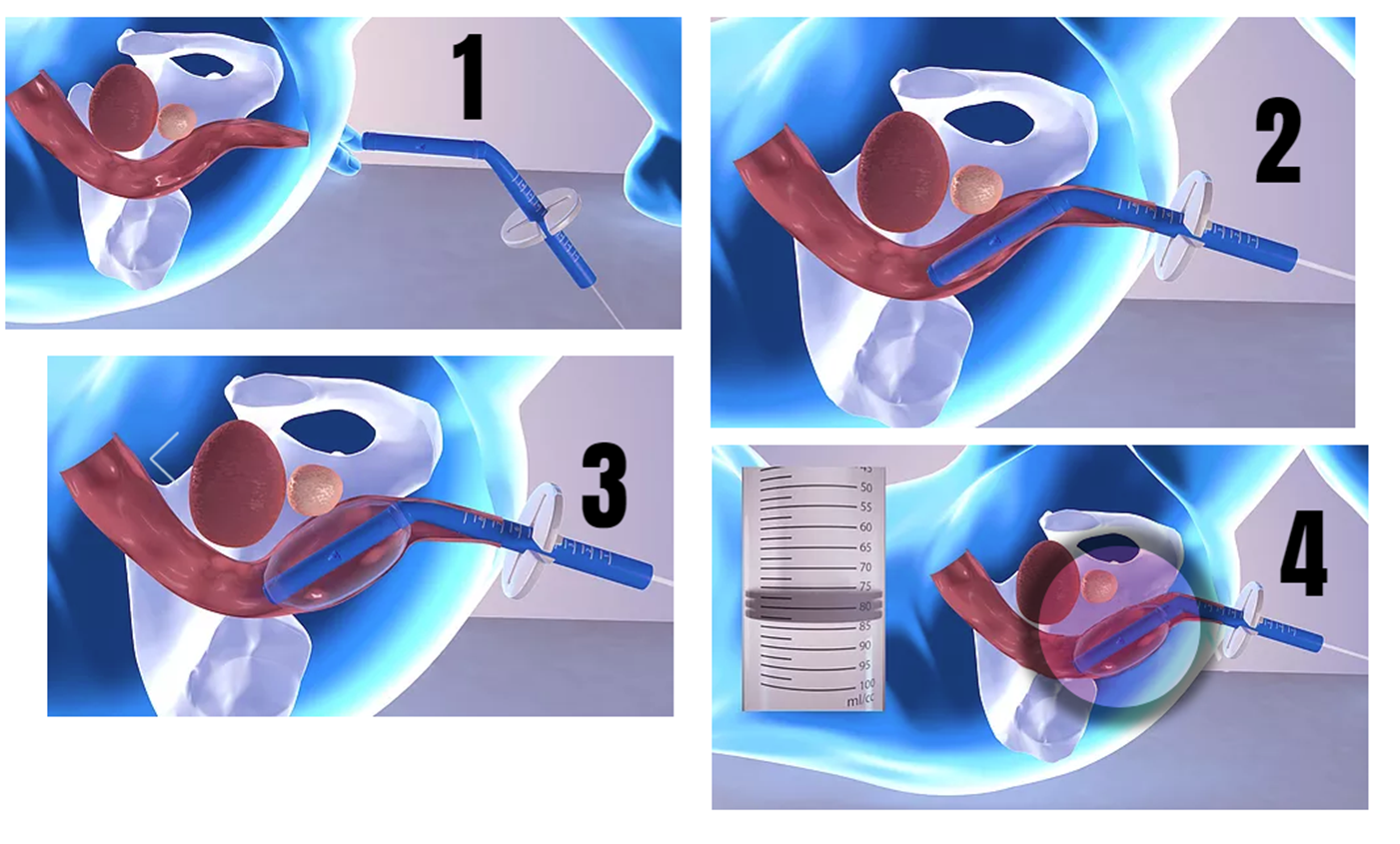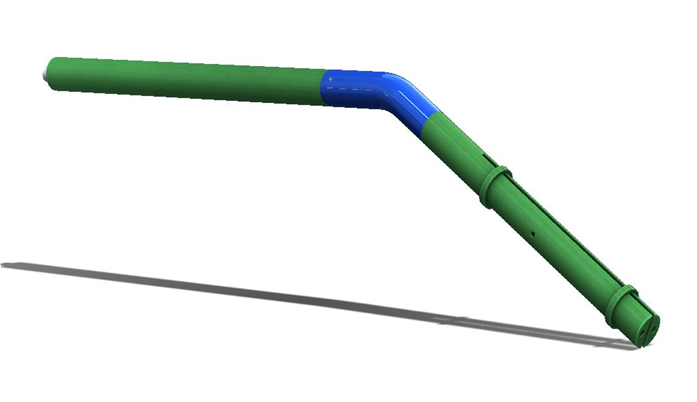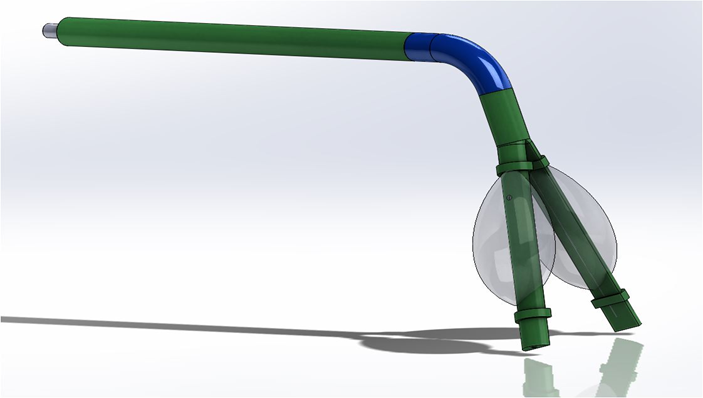Description:
Project ID: D2016-57 + D2018-64
Background
Effective radiation treatment delivers the maximum possible dose to a tumor while minimizing radiation exposure to the surrounding healthy tissue. Curative doses of radiation can induce chronic morbidities in nearby critical structures. For most cancers in the pelvic region, the dose-limiting organ is the rectum, where exposure can lead to acute proctitis, injuries or even a secondary cancer. Moving the rectum, even a short distance away from the plane of radiation is a simple way to reduce exposure and relax the prescription dose limitation.
For example, in treating prostate cancer, endorectal balloons can be used to fixate the prostate to help prevent exposure to the posterior part of the rectum. However, this exposes the anterior part to a higher dose than would have occurred with no intervention. Other alternatives, such as the spacer gel technique, requires an injection of a biodegradable spacer, which results in an approximate change of 1 cm. These gels usually have side effects and for proper injection in a symmetrical fashion, an expert physician is required. Therefore, there is a need for a more robust way to move the rectum during radiation treatment of the pelvic region.
Description
Researchers at the University of Toledo have developed a device capable of moving rectal tissue away from the prostate during radiation treatment within the pelvic region. A Nitinol-bassed actuator was used to create this minimally invasive device. By heating the actuator wire, and tracking the exact temperature of the NiTi actuator, the device displaces the rectum remotely. Cadaver studies have proved the concept could provide a safe and effective mechanism to move the dose limiting critical structure.
Applications
- Used in conjunction with IMRT and SBRT
- Prostate, cervical, endometrial cancer, and other cancers of the pelvic region
Advantages
- Minimally invasive; safe; reliable; biocompatible and easy to use.
- Compact; can come in varying lengths, 10-30cm to cater to a patient’s anatomy.
- No additional side effects
- Provides opportunity for dose escalation and significant dose reduction to the surrounding tissue
IP Status: Issued US Patents: 10,426,976 & 10,688,317 & 11,992,708
Inventors: E. Ishmael Parsai, Ph.D., FACRO, FAAPM, FIOMP, Division of Medical Physics and
Mohammad Elahinia, Ph.D., Department of Mechanical, Industrial, Manufacturing Engineering
Keywords: Organ positioner, radiation, prostate cancer, NiTi, shape memory alloy
Categories: Radiation Oncology


